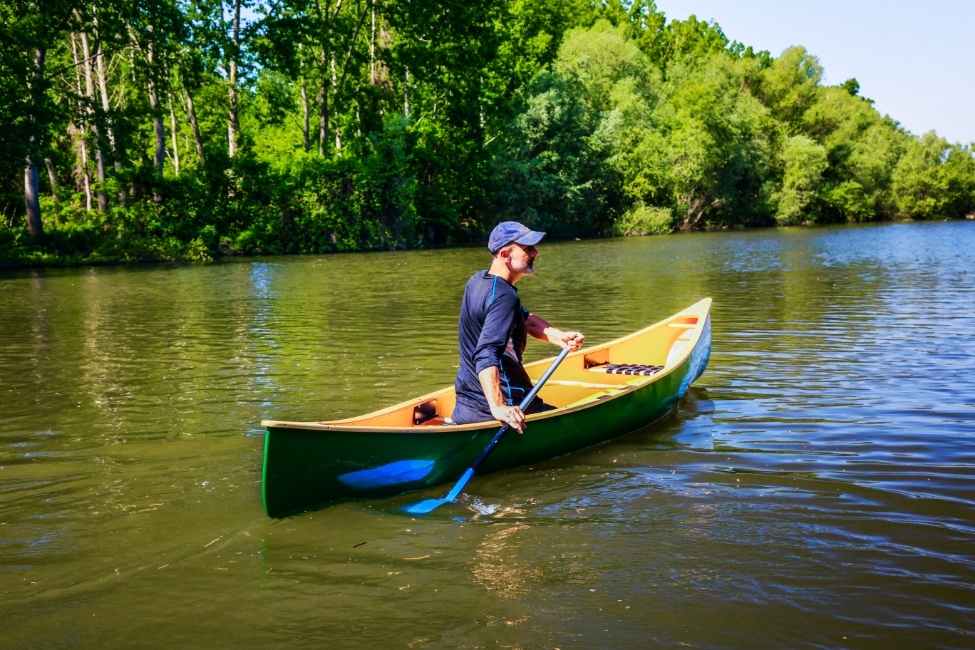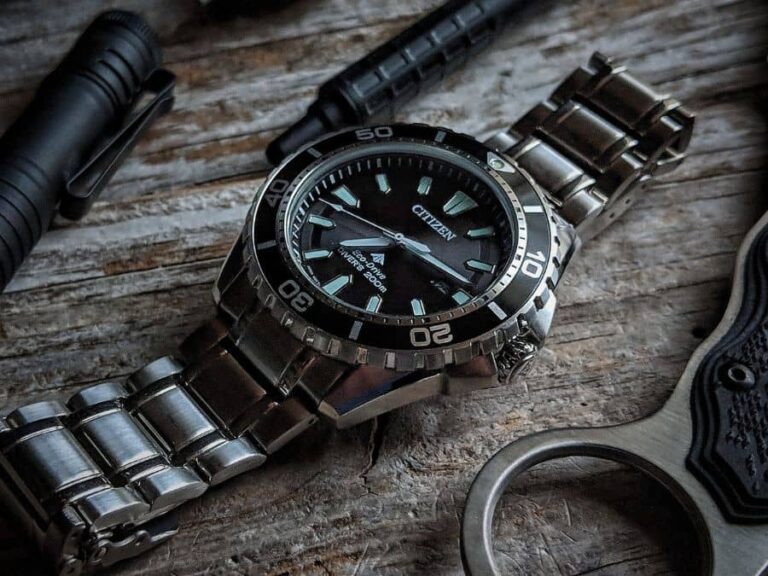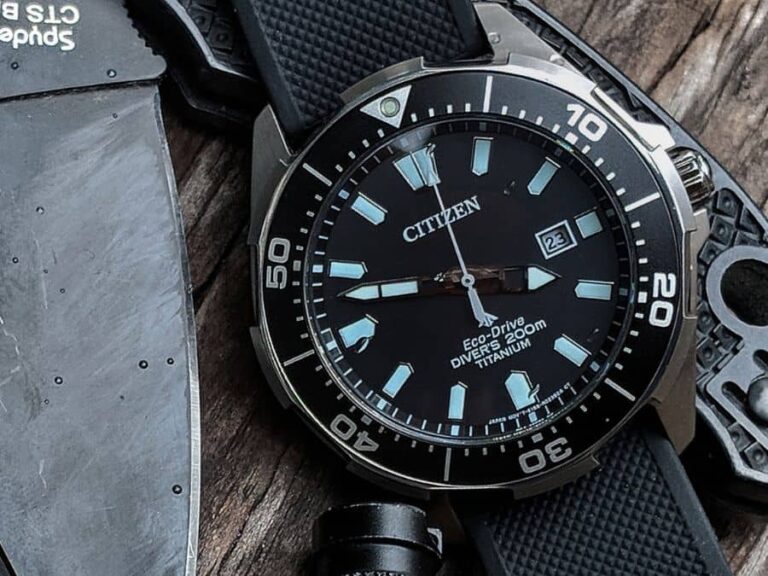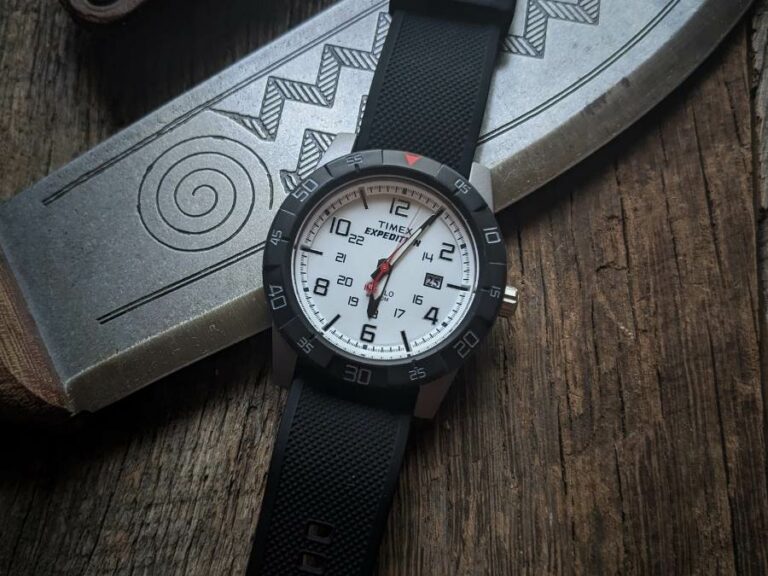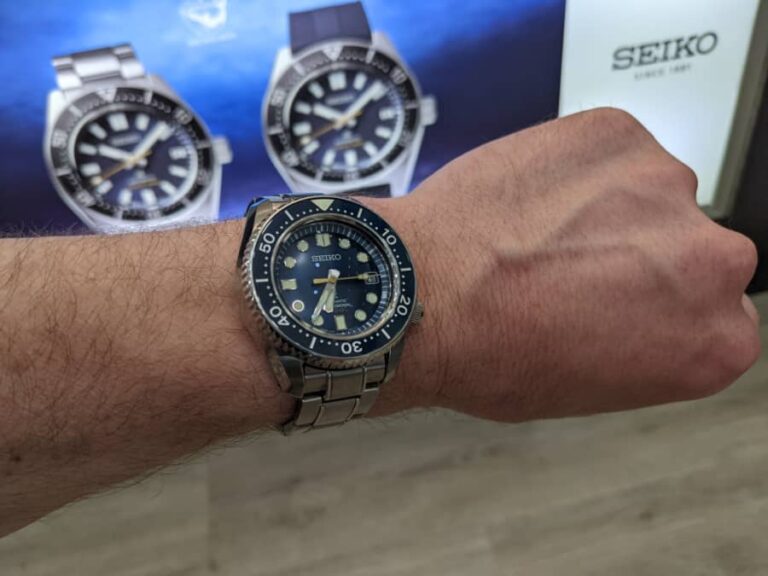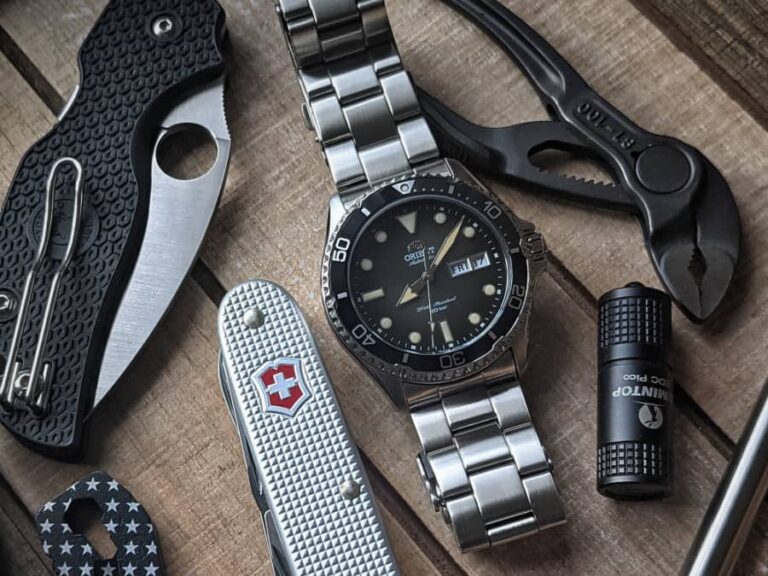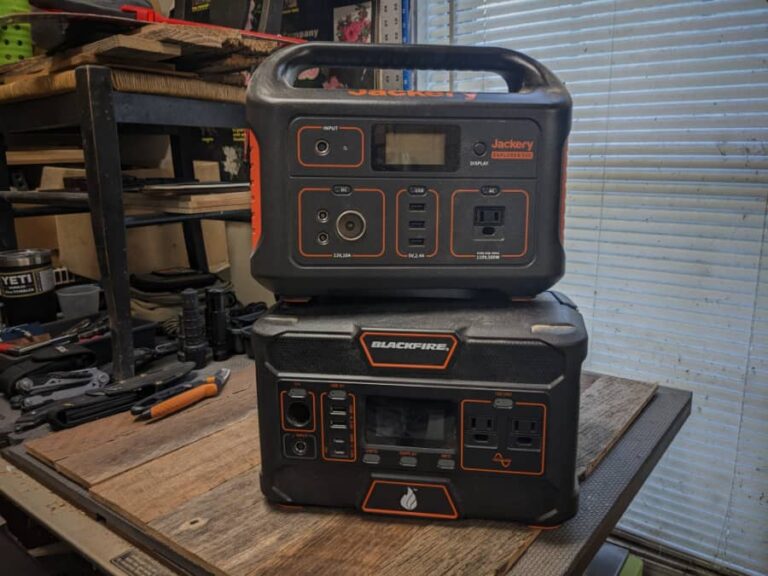How To Buy A Canoe | Tips and Advice For New Canoe Buyers
There’s nothing quite like gliding along the surface of a tranquil lake or a meandering river aboard a canoe.
Canoeing can be a link to a simpler, slower time. It offers a connection with the water beneath you that few other forms of boating can provide. Piloting a canoe forces you to take your time, to savor every splash, ripple and oar stroke.
Of course, you need to find the right canoe for your needs, which is often challenging, especially if you’re buying a canoe for the first time. There are many ways to choose a canoe, and this canoe buying guide will cover all of the most important considerations.
Types of Canoes
First-time canoe buyers are often surprised to learn how many different types of canoe there are to choose from. One might think a canoe is a canoe, but there are actually many subtle and not-so-subtle variations in size, shape and construction that make different types of canoes better suited for different situations.
With that in mind, this is not an exhaustive list of every type of canoe you might encounter. But these are the types most likely to be of use to the beginner or novice paddler.
Recreational Canoes
Recreational canoes are the most common type of canoe used for flatwater paddling on lakes and ponds. They’re built for stability and easy paddling, and typically have flat bottoms. They can also be bulky, and are not as agile or maneuverable as some other canoes. In general, recreational canoes are great for family paddling trips, and are some of the most beginner-friendly canoes on the market.
River Canoes
As their name suggests, river canoes are designed to navigate flowing water. They have high sides to keep water from splashing in, and are designed with more rocker (end-to-end curvature) for enhanced agility. River canoes are usually made of durable, abrasion-resistant materials to withstand scrapes on rocks and other obstacles.
Tripping Canoes
Tripping canoes (also called touring canoes) are intended for longer trips. As a result they are usually larger and longer than other canoes so that they can transport more people and/or gear for a longer period of time. They’re ideal for extended backcountry canoe trips. Tripping canoes usually have a round or shallow arched hull, which offers secondary stability (we’ll get into the difference between “initial stability” and “secondary stability” farther down the line).
Fishing Canoes
Technically, any canoe can be a fishing canoe. But some are designed specifically for the needs of anglers and hunters. These canoes often have wide, flat bottoms that allow you to stand inside, and many have raised seats and a square stern to which you could attach an outboard motor.
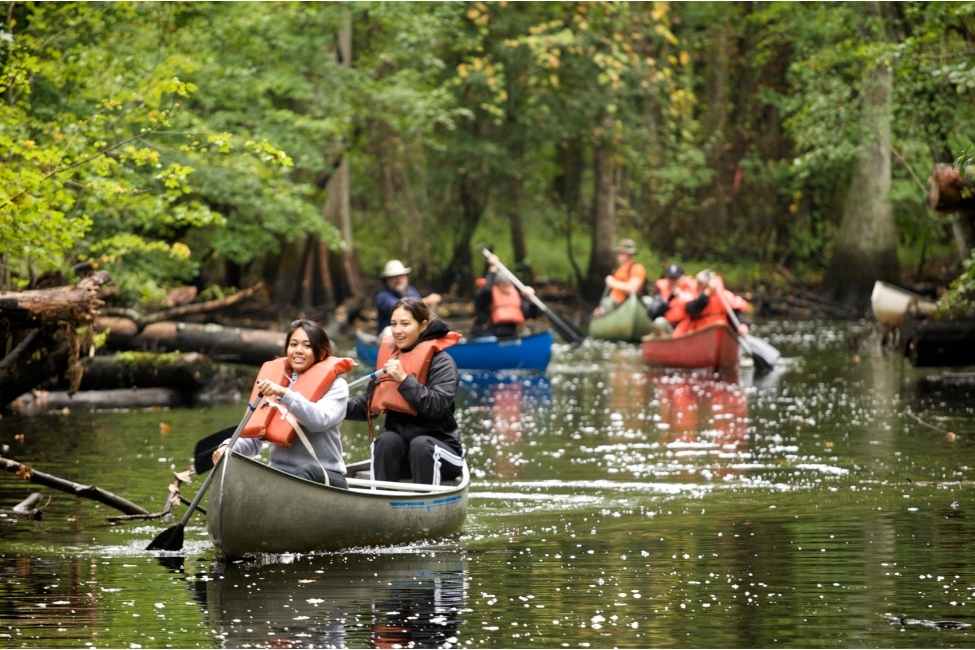
Canoe Size
Size is one of the biggest considerations when it comes to buying a canoe. The size of your craft will determine, in part, what you can use it for and where you can take it. And while the length of a canoe is arguably the most important size consideration, it’s not the only one.
Length
Canoes come in a range of lengths, with 16 feet being most common for recreational canoes. A 16-foot canoe is designed to accommodate two people, but smaller canoes in the 10 to 14 foot range are ideal for solo trips. Large tripping canoes are typically 16 to 19 feet long.
Width
The width of a canoe is also referred to as its beam. A canoe’s width impacts both its stability and maneuverability. As a general rule, wide canoes are more stable, but less agile. Narrow canoes are easier to paddle and more efficient, but may also be more prone to tipping.
Depth
Depth refers to the distance between the side rails (also called gunwales, pronounced “gunnels”) and the bottom of a canoe. There’s always a bit of a trade-off where depth is concerned. Deeper canoes have greater carrying capacity and do a better job at keeping the water out, but can also be harder to maneuver and are more affected by the wind.
Hull Shape
Hull shape is one of the primary design features that affects both the maneuverability and stability of a canoe. There are two different types of stability that need to be considered: initial stability (how stable the boat is when resting on flat water), and secondary stability (how stable it is in rough water).
Keep in mind that the four basic hull shapes below are not always easily defined. Differences can be subtle, and many canoes may appear to be intermediate between some of these shapes.
Flat Bottom
Flat bottomed hulls are about as good as it gets for initial stability, and they offer decent secondary stability too. That’s why they’re common in fishing and recreational canoes (chances are if you’ve ever rented a canoe, it was flat bottomed). The downside is that they tend to be slow and not very agile.
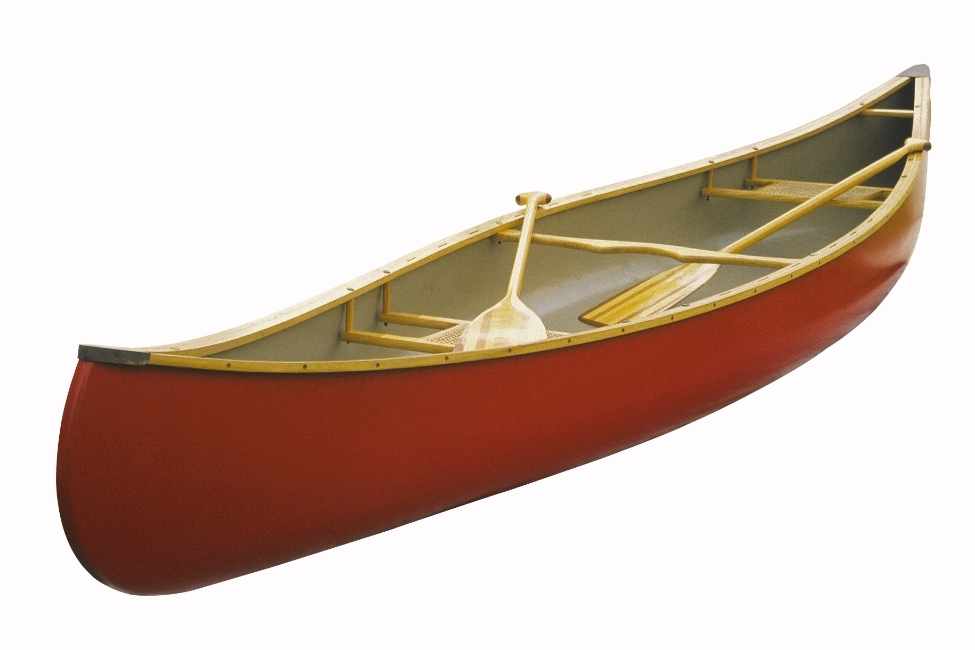
Rounded (Arched) Bottom
Canoes with rounded hulls don’t have the best initial stability, but they have great secondary stability, allowing them to stay upright in rough conditions. Rounded bottoms are made for speed, and they’re most common on racing canoes and other high-performance canoes.
Shallow Arched Bottom
A shallow arched bottom represents a compromise between flat and rounded bottoms. They stay on track better and paddle more efficiently than flat bottomed canoes, and provide fair initial stability and excellent secondary stability.
V-Shaped Hull
V-shaped hulls have a more pronounced keel, or centerline, similar to what you might see on a bass boat or other motorboats. They’re great for both tracking and maneuverability, and provide excellent initial and secondary stability. The downside is that they’re slower than arched bottoms in some conditions, and the point of the V is prone to wear.
Rocker & Side Shape
A couple of other canoe design elements are worth considering, the first being rocker. The rocker of a canoe is the amount of upward curve the hull has from bow to stern (think of it like the rails of a rocking chair). A canoe that curves upward significantly is said to have a lot of rocker.
Rocker affects tracking and your ability to steer. The more rocker your canoe has, the easier it is to maneuver and turn on a dime, but the harder it is to paddle in a straight line. A lot of rocker can also make the canoe more susceptible to winds.
Side shape is also important, as it affects a canoe’s stability and ease of paddling. The best way to observe a canoe’s side shape is to view the boat head-on. The three common side shapes are:
- Outwardly flared: Better stability, but more difficult to paddle.
- Inwardly flared: also known as “tumblehome,” less stability, but easier to paddle.
- Straight: Offers a compromise between the prior two options.
Canoe Materials
You can make a canoe out of just about anything! That being said, most modern canoes on the market today are made out of one of these materials:
Aluminum
Aluminum is durable, cost-effective and low maintenance, making it a longtime favorite for budget canoes. However, aluminum canoes are also a bit on the heavy side, and tend to be less efficient. The price of aluminum has gone up in recent years, and it is becoming less common as a canoe material.
Fiberglass
Made of layers of fabric infused with epoxy or vinylester resin, fiberglass has become a common canoe material. Fiberglass is lightweight, and makes a canoe that can move through the water with great speed and efficiency. It doesn’t require a lot of maintenance, but is somewhat vulnerable to impact and abrasion.
Molded Plastic
Canoes are commonly made using a wide range of plastics such as polyethylene or ABS (Acrylonitrile butadiene styrene). The exact weight and durability of various plastics can vary greatly, but plastic materials are generally fairly durable and very low maintenance, albeit rather heavy and not very speedy or agile in the water.
Carbon Fiber & Kevlar
More advanced materials like carbon fiber and Kevlar are most often seen on high end, high performance canoes. These materials are exceptionally lightweight and strong, but they come with a price tag to match.
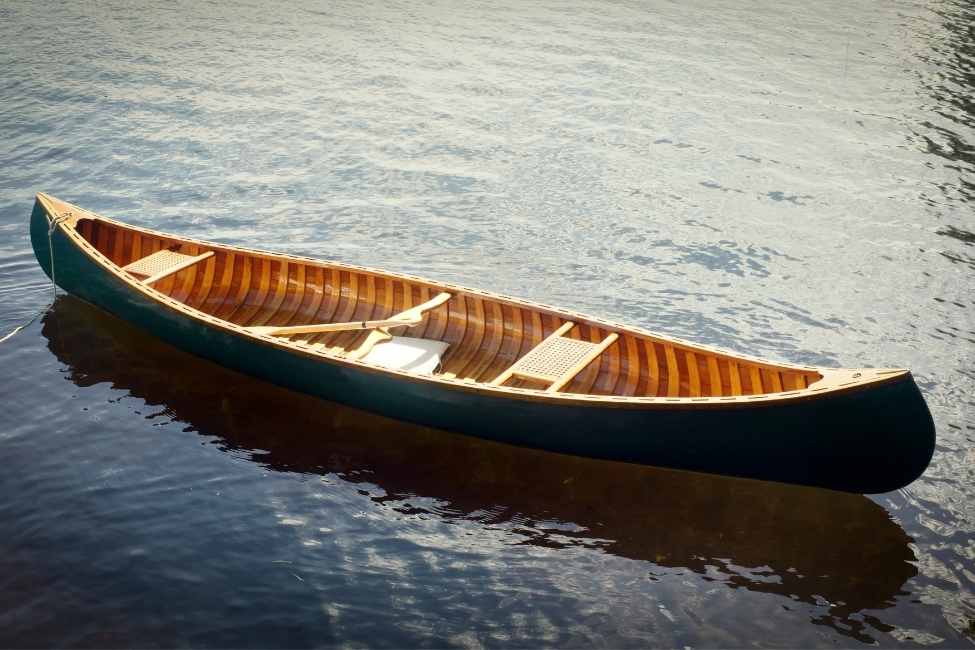
Wood
Canoes made of cedar strips or canvas-covered wood frames are not as common as they once were, but they are still available. Most modern-day wood canoes are custom made, and quite expensive as a result. They’re heavy and require a great deal of maintenance, but are some of the most beautiful canoes on the market, and are quite durable when well taken care of.
Great Canoes for Beginners
You have a lot of great options when it comes to buying a canoe, and we’ll be the first to admit that we haven’t tried and tested each and every canoe on this list. What follows are some of the top rated canoes in a variety of categories, based on industry awards and user reviews.
Best Budget Canoe: Old Town Saranac 146
A two-seater with a bench that can accommodate a third person, the Old Town Saranac 146 measures 14.6 feet from stern to bow. It’s one of the best deals out there on a canoe under $1,000. It has a flat bottom for stability, and moderate rocker that provides a pretty good compromise between maneuverability and tracking. It’s made of thermoformed polyethylene with vinyl gunwales.
Best Solo Canoe: Esquif Adirondack
Although it’s categorized as a touring canoe, with a 31.5” width that gives it ample storage capacity, the 12-foot Esquif Adirondack canoe is designed with solo adventures in mind. It’s made of T-Formex, a type of high tech ABS plastic laminate, which makes it lightweight and sturdy. The Esquif Adirondack can be paddled with either a single canoe paddle or a double kayaking paddle. It was named “Best Canoe” by Paddling Magazine in 2022.
Best Tandem Canoe: Mad River Explorer 16
You could call the Mad River Explorer 16 a true best-of-all-worlds canoe. Nothing about it stands out, which could be seen as a negative, but ultimately what makes this canoe great is that it’s at home in a wide range of situations. At 16 feet, it’s not big enough to be a tripping canoe in the truest sense, but it’s great for family paddling trips on flat water and mild rivers. It’s made of layered vinyl and ABS plastic, and features a shallow-V hull for excellent tracking and performance in rough water.
Best Fishing Canoe: Old Town Sportsman Discovery 119
Lightweight and compact, the 11-foot 9-inch Old Town Sportsman Discovery 119 is made with fishing adventures in mind. The canoe is camo-colored, with a kayak style seat and plenty of features that anglers will appreciate, like adjustable foot braces, customizable accessory tracks, fishing rod holders and a custom tackle box. The V hull gives the canoe ample stability when fishing, and its tight contours make it agile and easy to handle.
Best Tripping Canoe: Old Town Penobscot 174
With a max capacity of 1,500 pounds, the Old Town Penobscot 174 is designed to be loaded up for long adventures. Measuring 17 feet, 4 inches, the Penobscot 174 is made of 3-layer polyethylene with aluminum gunwales. Worth noting is that this canoe is designed for intermediate to experienced paddlers, and could be tricky for beginners. Its rounded bottom provides great turning responsiveness, but it can also be tippy, especially if there isn’t enough weight in the boat.

Blair Witkowski is an avid watch nut, loves pocket knives and flashlights, and when he is not trying to be a good dad to his nine kids, you will find him running or posting pics on Instagram. Besides writing articles for Tech Writer EDC he is also the founder of Lowcountry Style & Living. In addition to writing, he is focused on improving his client’s websites for his other passion, Search Engine Optimization. His wife Jennifer and he live in coastal South Carolina.

